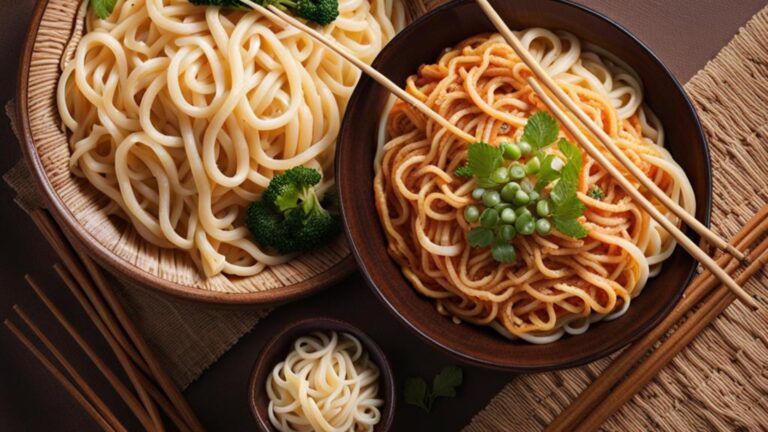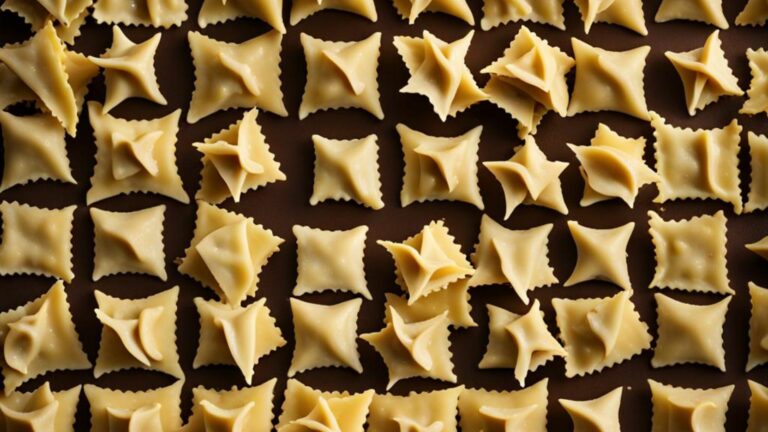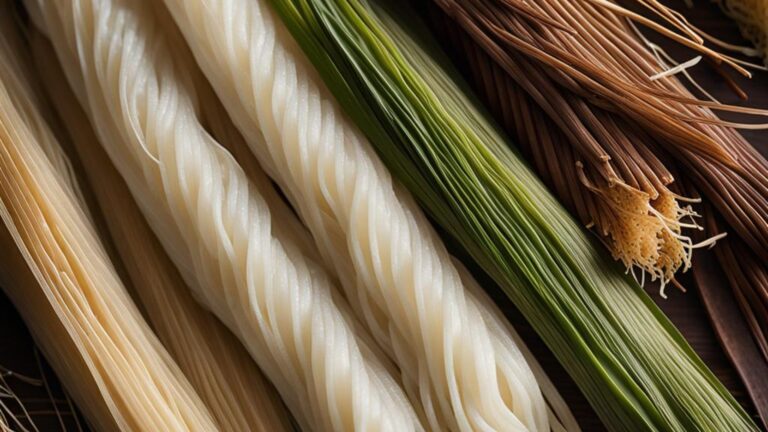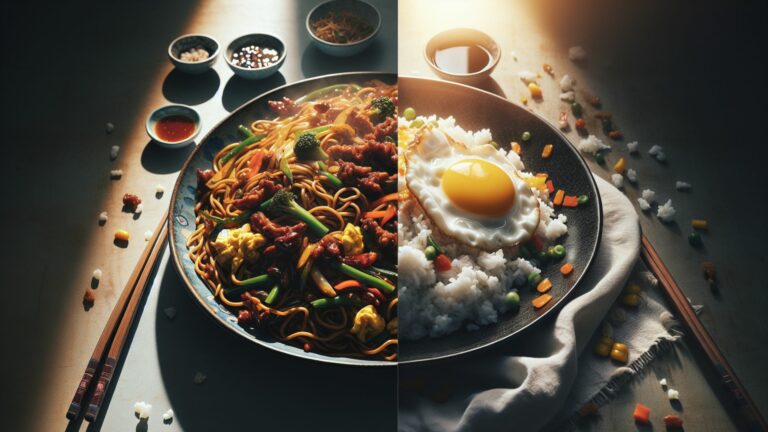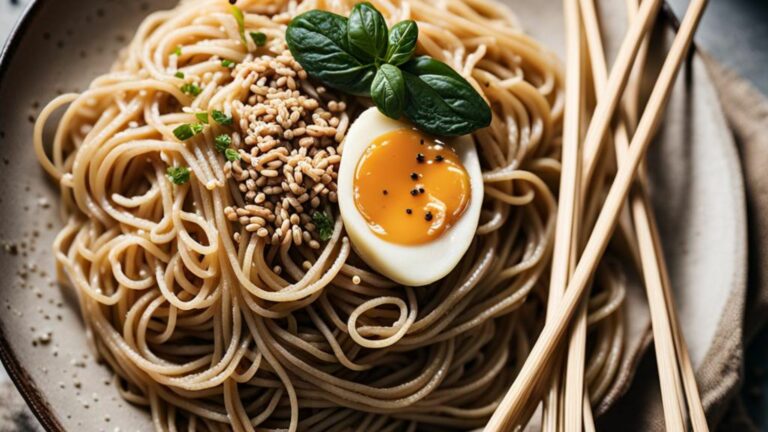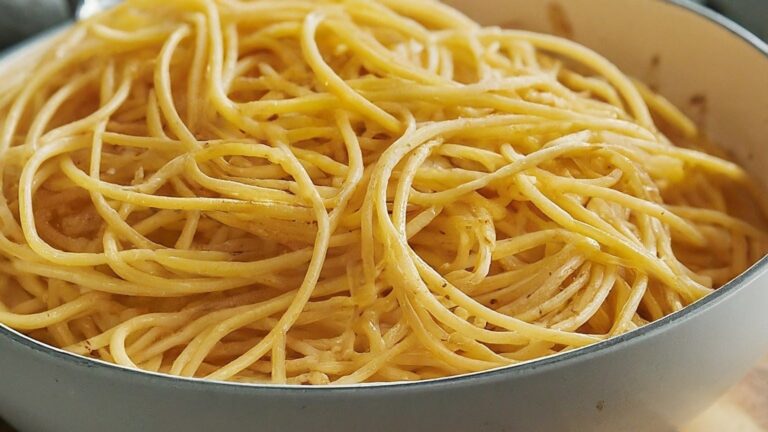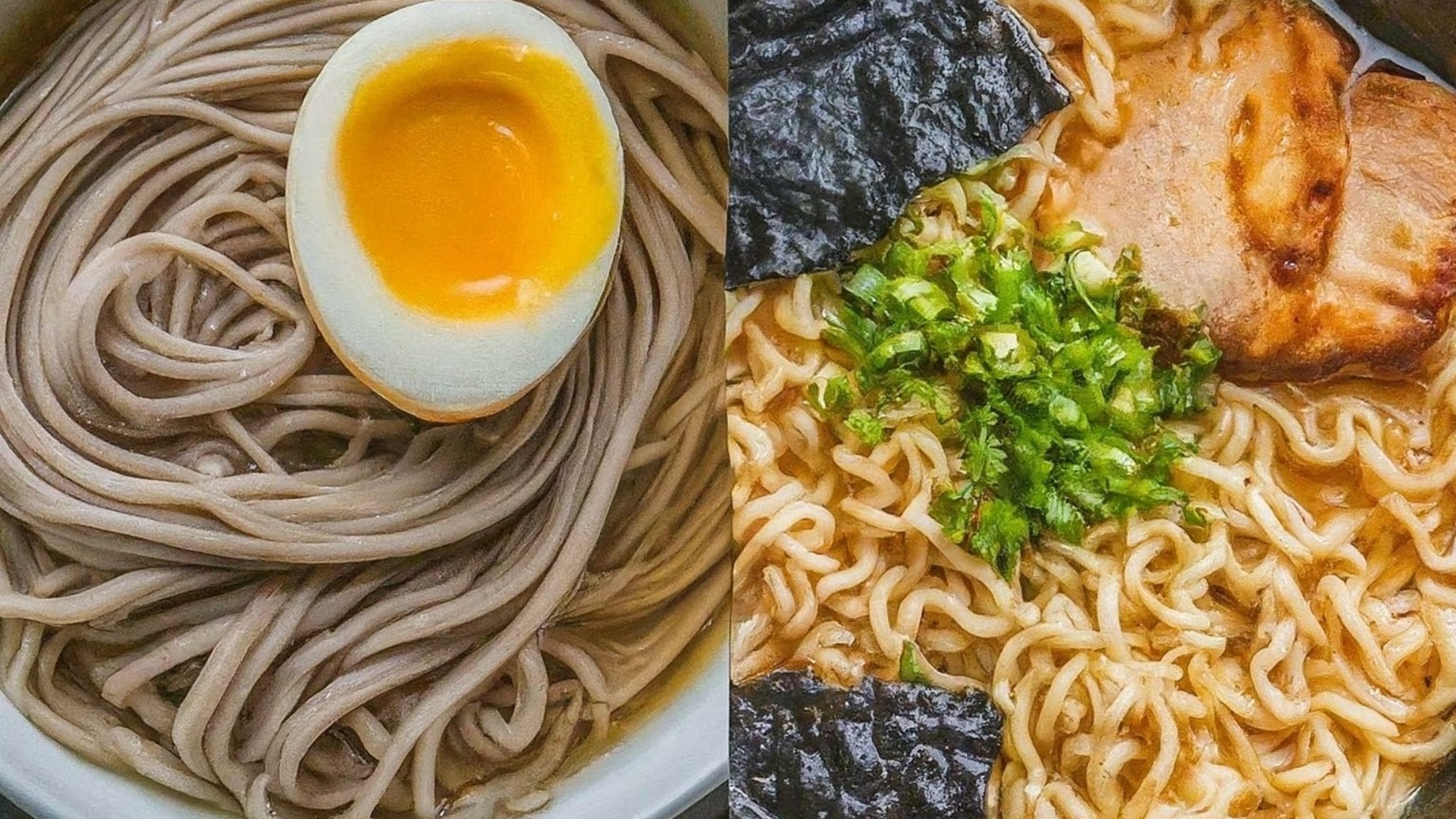
Soba Noodles and Ramen are similar foods, but there are some differences between these two types of noodles or pasta. Many people, even fans of these two, don’t know these differences.
Here, we will discuss the main differences between soba noodles and ramen.
Soba Noodles vs Ramen: Soba noodles are made with buckwheat flour and have a nutty flavor and firmer texture.
In comparison, ramen noodles are made with wheat flour, have a softer texture, and are typically served in a savory broth with toppings.
To get a detailed picture of these differences, the intro is not enough, you have to read the detailed differences and similarities.
Finally, you may review the frequently asked questions to clarify your confusion.
An Overview
A table will give you a better idea of the similarities and dissimilarities. So, you may find this one also helpful in the journey to know the differences between these two.
Here is the table that contains all these things.
| Aspect | Soba Noodles | Ramen Noodles |
| Origin | Japanese cuisine | Introduced to Japan from China in the 20th century |
| Main ingredients | Buckwheat flour, sometimes wheat flour | Wheat flour, water, kansui (alkaline mineral water) |
| Texture | Firm, chewy | Springy, slightly chewy |
| Flavor | Nutty, earthy | Savory, often with pork or chicken broth |
| Serving temperature | Cold with dipping sauce or in hot broth | Hot in broth with various toppings |
| Typical presentation | In a small dish with dipping sauce or soup | In a large bowl of broth with toppings |
Don’t take this so universally because some aspects change based on many more things. So, you need to consider these.
Soba Noodles vs Ramen: Differences in Detail
Though both are Japanese food and have some similarities, they differ. These differences make them two different items, and their name is also different.
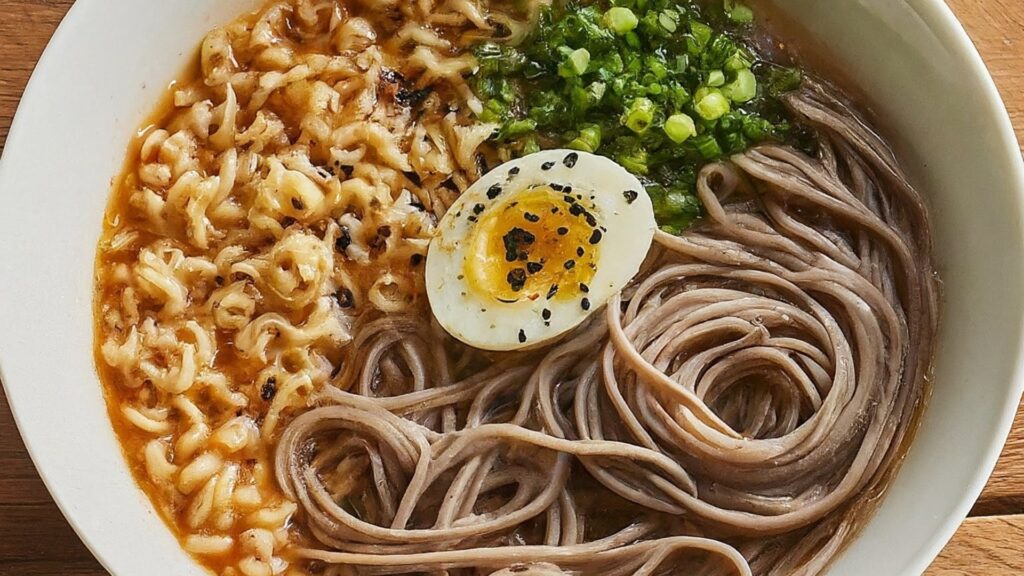
Origin and History
The origins of both soba and ramen are different. Soba is a part of Japanese cuisine.
On the other hand, ramen is from Chinese cuisine. However, both later gained popularity as Japanese food. Soba noodles have been popular in Japan for centuries.
But Ramen is a newly popular food in the world. It was introduced to Japan from China in the early 20th century. It has since become a beloved comfort food in Japan and is popular worldwide.
Ingredients
The differences between these two are also in ingredients. Soba noodles are mainly made from buckwheat flour. This flour has many health benefits, creating a unique flavor and texture in the noodles.
Sometimes, some side ingredients are also used in these noodles. Among them, wheat flour is one.
On the other hand, wheat flour is the main ingredient of Ramen noodles. Besides this, water and kansui (alkaline mineral water) are used.
Both these ingredients give them a springy texture and a yellow color. Ramen noodles also have some elements like egg and spinach.
Textural Differences
We already discussed the textural differences between these two pasta or noodles items. The texture of Soba noodles is firm and chewy. This texture goes well with broth or sauce. These noodles are also slightly gritty.
This is because of the buckwheat flour that is the main ingredient of these noodles.
Ramen noodles, on the other hand, have a springy, slightly chewy texture. Another name for this texture is “al dente.”
Differences in Flavor
Soba has a unique taste and flavor that will bring a nutty and earthy flavor. With different sauces and broths, the flavor will create an explosion of flavors in your mouth.
Some sauces that will go well with these noodles are soy sauce, mirin, and dashi, or relish the hot broth made with dashi and soy sauce that perfectly blends with the soba noodles.
On the other hand, Ramen noodles delight the senses as they soak up the rich and savory broth made from pork or chicken bones, soy sauce, miso, or salt.
The broth is infused with a medley of spices, such as garlic, ginger, and scallions, to bring out a complex and robust taste that is simply irresistible.
Differences in Serving
The serving difference is not universal because it changes from person to person. Soba noodles are often served cold with a dipping sauce on the side. They can also be served hot in a soup, usually in a separate bowl from the broth.
Ramen noodles are typically served with toppings such as sliced pork, soft-boiled egg, nori seaweed, and scallions. The serving bowl also has some uniqueness for Ramen. It is usually served in a large bowl of broth.
Similarities Between Soba Noodles and Ramen
Although soba noodles and ramen are quite different in many ways, they share some similarities. Here are a few similarities between soba noodles and ramen. These similarities will give you more valuable info about these two pasta items.
- Both are types of Japanese noodles: Both soba noodles and ramen are now known as Japanese items. However, ramen was introduced to Japan from China.
- Both are versatile: Soba noodles and ramen are versatile types of food in terms of preparing and serving.
- Both are popular dishes: This term does not need any additional explanation. You already know the popularity of both pasta foods.
- Both are relatively easy to prepare: Another similarity is that both are easy to prepare. You can see the recipe anywhere. The recipe will take only 10 – 15 minutes.
- Both can be customized with different toppings: Topping is a common ingredient in both items. So, this can be a similarity. Common toppings include sliced pork, soft-boiled eggs, scallions, nori seaweed, and more.
While soba noodles and ramen have distinct differences, these similarities can’t be avoided.
FAQs
Here are some questions related to these two popular pasta items. These questions and answers will give you more idea about the differences and similarities.
Is Soba Healthier Than Ramen?
Soba and ramen are healthy options, but you must take them in moderation and with a balanced diet. The ingredients of both items are enough healthy.
Do Soba Noodles Taste Like Ramen?
No, there is a difference in the taste of both noodles. Soba noodles have a nuttier, earthy flavor. On the other hand, ramen is chewy and has a wheatier taste. The texture of soba is also different.
Can I Use Soba Noodles Instead of Ramen?
Yes, soba noodles can be used instead of ramen noodles because of their similarities. But it depends on where you are using them.
Is Soba Thinner Than Ramen?
Soba noodles can be thinner or thicker than ramen noodles, depending on the specific type of soba or ramen. However, soba noodles tend to be thinner than ramen noodles.
Conclusion
Ultimately, we can say that soba noodles and ramen have unique qualities that make them popular among food lovers. But the differences between these two are not avoidable.
If you are a food lover who examines minor features of food, then you will find so many differences between them.
Some noticeable similarities between them are also discussed above. Hope you find enough info that is necessary to differentiate these two items.
To know more about them, you may do further research. That was all for today. Thanks for reading from us.

